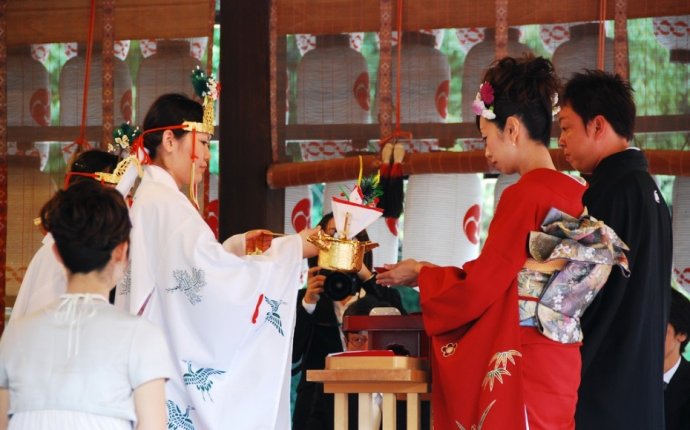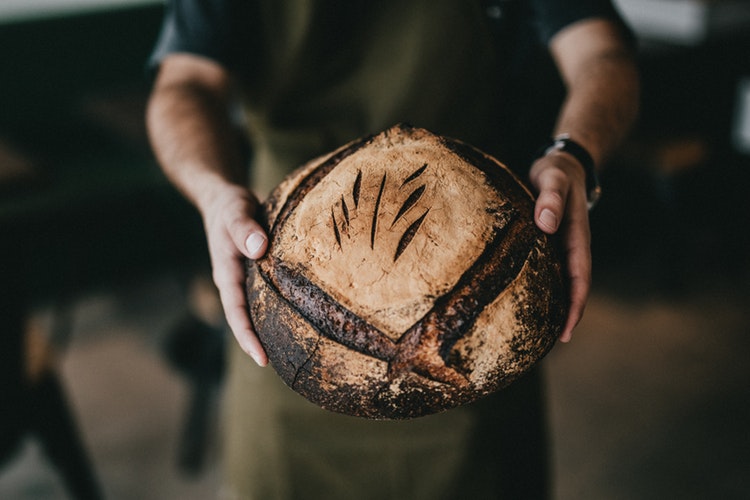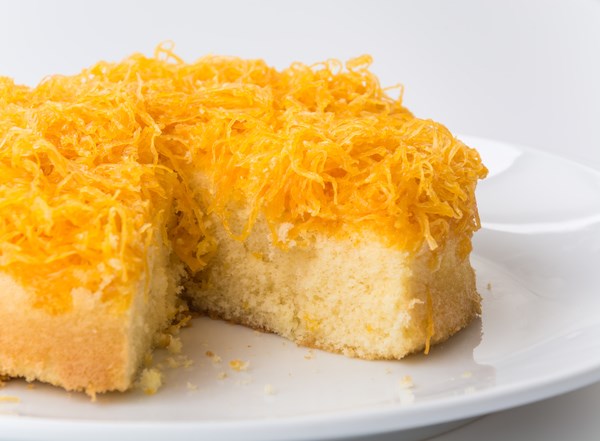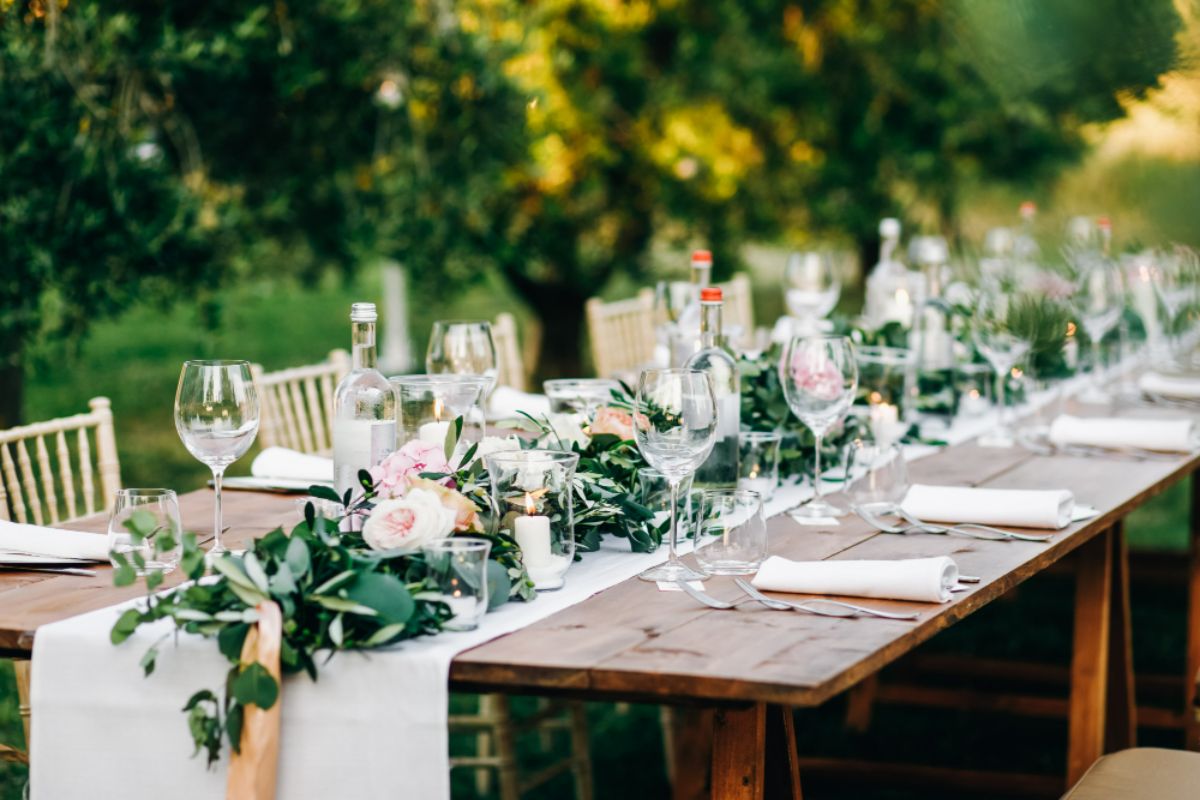Top 5 Fascinating Wedding Food Catering Traditions From Around the World
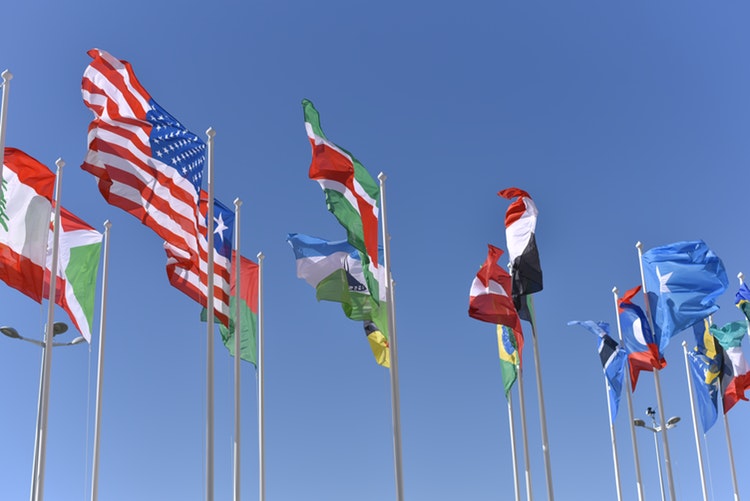
What are the top 5 fascinating wedding food catering traditions from around the world?
- San-San-Kudo in Japan
- Croquembouche in Paris
- Breaking Bread in Bulgaria
- Bom Bom Yara in Greece
- Foy Thong Cakes in Thailand
Each culture has unique wedding celebrations. These traditions influence the union of two people. There are so many of them, but most of them actually involve the food being included in a wedding food catering.
Ever wondered how newlyweds celebrate their special day across the world? Take a look at some of these traditions we listed below.
Source: 3oku.info
San-San-Kudo in Japan
San-San-Kudo is a ritual that is part of the sake-sharing ceremony in many unions in the country.
San-san-kudo means three-three-nine. This ritual signifies several meanings for the relationship of the couple. They each take turns to drink three sips of sake from three cups for a total of nine sips. The first cup is for the couple, the second one is for the bride’s parents, and the third is for the groom’s.
The first three sips signify the union of two families and the couple. The second sip represents human flaws from hatred, passion, and ignorance. The final sip represents the deliverance from these flaws. Without sake-sharing, wedding celebrations are not considered complete.
Croquembouche in Paris
Instead of the traditional wedding cake, the French enjoy a tower of cream-filled pastry profiteroles in the shape of a giant pyramid. It will, then, be drizzled with caramelized sugar.
The literal translation of its name comes from the words croquet en bouche which means “crunch in the mouth.” Croquembouche is typically served as a centerpiece in wedding receptions and the observance of this tradition are all rooted in its rich lineage in the country. It became popular in the 1700s when it officially became a common wedding cake for many unions.
Breaking Bread in Bulgaria
Bread is a huge thing in Bulgaria. In the whole duration of the wedding, bread plays a vital role in signifying many elements in the relationship.
It starts when the mother bakes pitka—a pull-apart bread that is being compared to monkey bread. In turn, the rising dough of this pastry represents the beginning of a family unit.
At the wedding reception, the mothers of the newlyweds feed them bread and honey to express their wishes of a long and sweet life together. Breaking the bread happens when a giant loaf is held over their heads and the couple reaches out and pulls on one end. Whoever gets the larger piece of the bread is bound to be dominant in the relationship.
Bom Bom Yara in Greece
Greek couples sure know how to inject sweetness in their wedding because of the tradition of Bom Bom Yara. Aside from the traditional plate smashing and dance parties, they give out Bom Bom Yaras as wedding favors.
Bom Bom Yara is a series of packages that comes in an odd number and is typically consist of white chocolate or sugar-covered koufeta (almond candies). The Bom Bom Yara is always created in odd numbers because it wants the couple to remain undivided—just like the numbers.
Sources: guyana.hoop.la
Foy Thong Cakes in Thailand
In Thailand, Foy Thong cakes are part of the wedding menu not as a sweet addition to the delicious dishes, but also because it holds a more significant meaning for the couple.
Foy Thong is a cake topped with long noodles made from egg yolks and sweet syrup. This recipe was influenced by the Portuguese. But it was Maria Guyomar de Pinha who introduced it to the people of Thailand.
The word Thong means gold in Thai, this dessert contains a message of positivity to the ceremony and to the union of the couple. This long-serving tradition in Thai culture remains as one of the most fascinating food traditions at weddings. It symbolizes an eternal love between the bride and groom.
Key Takeaway
The wedding food traditions maintain their crucial roles in the celebration of the union for two people. If you are from these countries but are currently based in the Philippines, you should know that only the best caterer in Manila can recreate these recipes and practices even when you’re away from home.
Give us a call and let’s talk about your wedding plans. We will commit to making it happen in the best way possible!
